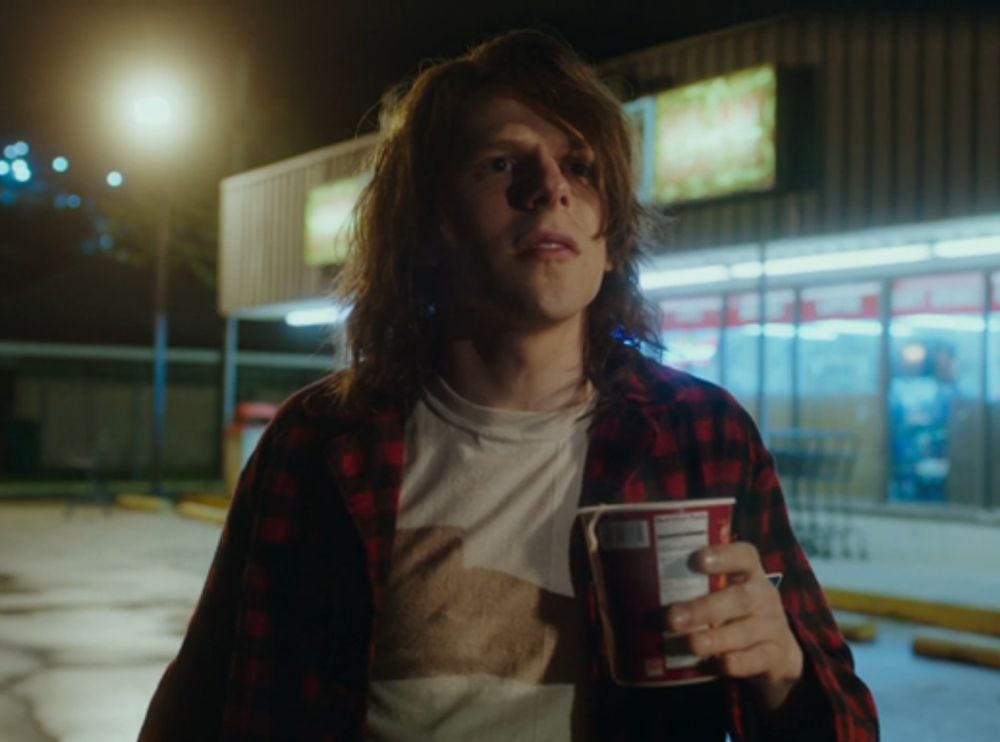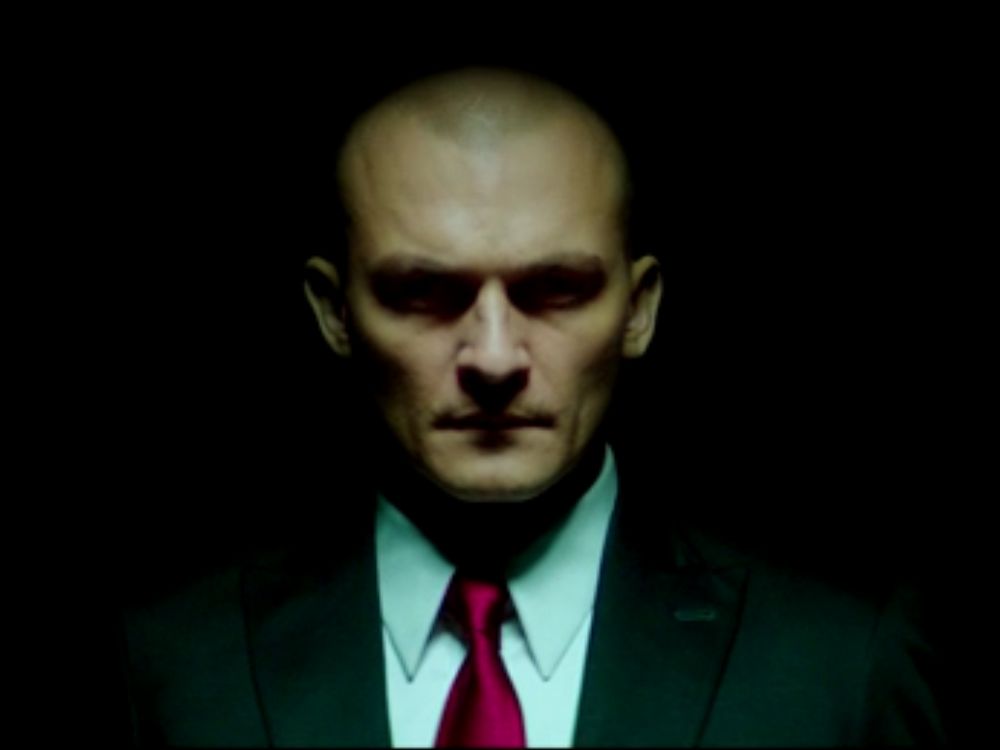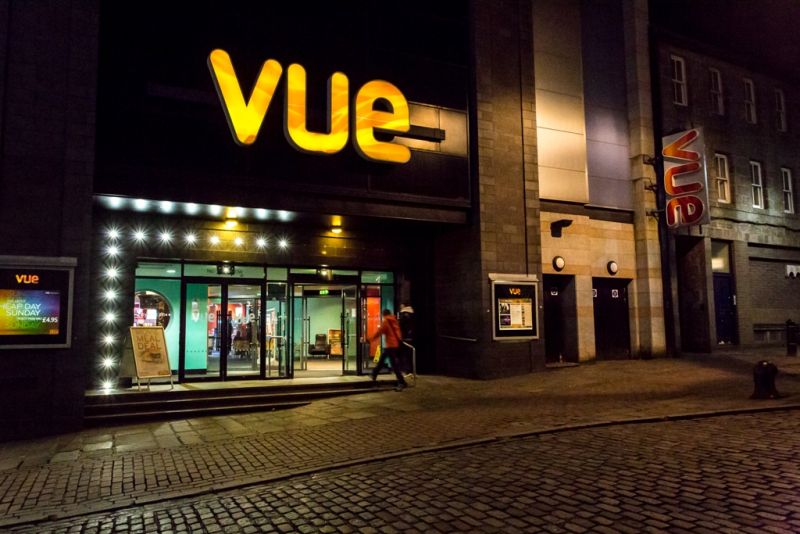The eagerly awaited Jurassic World is now in cinemas, almost fifteen years after Jurassic Park III. Aberdeen Voice’s Andrew Watson sized up this latest offering.
 Maybe a dozen people tops came to Vue on Shiprow the morning of its release. You’d suppose that while many people were at work, there could be no telling how many geeks, including this reporter, would arrive in plenty time for the cinema doors to open.
Maybe a dozen people tops came to Vue on Shiprow the morning of its release. You’d suppose that while many people were at work, there could be no telling how many geeks, including this reporter, would arrive in plenty time for the cinema doors to open.
Generally, there was some good suspense that you’d come to expect from this series of films. Evading the clamping jaws of a predator so narrowly you almost can’t bear to watch, sort of thing.
However, it could be said that the very teasing trailers this past few months were maybe better than the film itself.
Probably the key incentive to actually go and watch is to get more than just a fleeting glimpse of what the film calls the Indominus Rex, the film’s chief antagonist. A bit like what lured audiences into seeing the Godzilla-esque creature in Cloverfield a few years back.
It starts with Zach Mitchell (Nick Robinson) and his younger brother, Gray (Ty Simpkins), seeing their parents off at the airport. They’re visiting auntie Claire Dearing (Bryce Dallas Howard), who’s operations manager of a dinosaur theme park.
She’d promised her sister she would spend quality time with her nephews, but instead palms them off to her assistant. The latter proves not diligent enough, and the boys are left to themselves for the most part.
In the film, dinosaurs are widely regarded as old hat after the events of the previous three instalments. To maintain interest in the park, geneticists deem it necessary to genetically alter their makeup.
As an aside, notice the head of genetics, played by B.D. Wong, is the only recurring character in the film. You may remember a much younger version of him in the first Jurassic Park movie.
When the hybrid in question breaks loose from its enclosure, Chris Pratt, who starred in Guardians of the Galaxy, comes to the rescue as Velociraptor trainer, Owen Grady.
Although the island is being evacuated, Zach and Gray have waded into dangerous off road territory, in search of something more than the typical attraction.
This is a bit like the first film when everybody, bored with what little to sightsee on the planned tour, jumps out their vehicles to get a closer look at an ill Triceratops.
The comparisons to the previous films don’t end there.
The Mitchell brothers are then terrorised by the Indominus in their globular method of transport, called a ‘gyrosphere’. This is evocative of the Tyrannosaurus Rex tearing strips out of the tour jeep in Jurassic Park, as brother and sister struggle to evade its killer jaws.
Nothing can quite top the cliff edge scene in The Lost World, though. How did Jeff Goldblum and company escape that trailer in one piece, all hanging from a rope as it was tipped into the sea and rocks below?
You could add the Spinosaurus scenes in Jurassic Park III attacking the crashed plane lodged in the tree, and the boat in the water at the end.
Anyway, the film continues with conspiring forces, and additional antagonists. These profiteers seek the prehistoric carnivores as modern weapons of war.
Recurring in almost every film, these people are the lawyer in Jurassic Park, and the hunters and businessmen seeking to bring the ‘exhibits’ to the mainland in The Lost World.
This theme, if you will, is only tenuously made in Jurassic Park III via Dr Grant’s charge who tries to steal Velociraptor eggs for monetary reasons.
Closing Jurassic World, there’s a battle maybe even better than the one in the recent King Kong adapation, where the super simian takes on three Tyrannosaurs.
This sort of scene and theme repetition throughout the series is most welcome. Though some may consider it lazy, it could conceivably be regarded clever. Classical music repeats certain motifs, each time slightly modulated, to give shape, so why not in modern cinema?
 After the success of TIPA Aberdeen in 2011, Peacock Visual Arts is delighted to host ‘This Is Performance Art’ (TIPA), a 3-day series of events celebrating the history of performance art from across the globe.
After the success of TIPA Aberdeen in 2011, Peacock Visual Arts is delighted to host ‘This Is Performance Art’ (TIPA), a 3-day series of events celebrating the history of performance art from across the globe.





